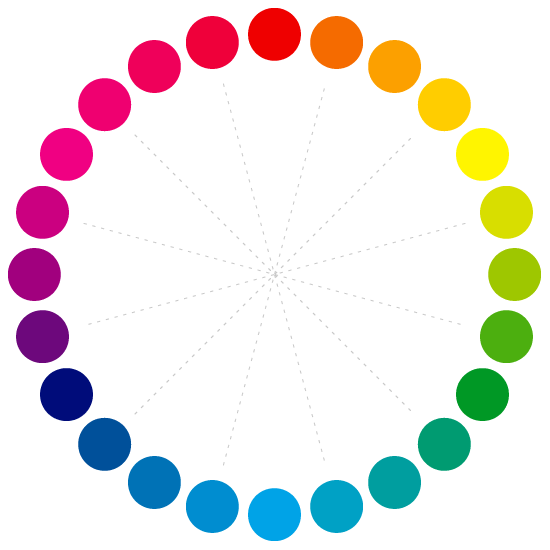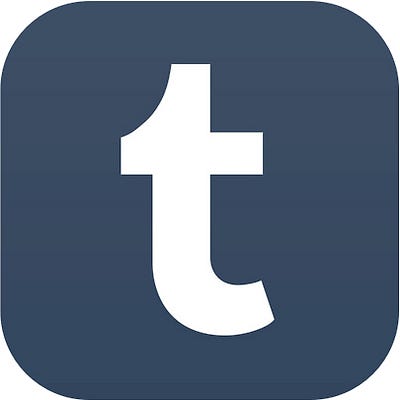In post NJournal Notes 14.4, I suggested a math to helps us focus on what we see in complex adaptive systems. In this Note I suggest a modification. to
I=CNxk
Let:
“ I “ = Intent.
“ C ” = Constraints.
“ C ” = Constraints.
“ Nx “ = Neme Exchange
" k " = is an exponential function.
In any organization a common intent creates agile coherence. No matter what the challenges and opportunities agility is required to respond fast enough to make a difference. An intent is different from a goal. In complexity a goal is, by nature, ever changing as the circumstances are always changing. A common Intent are a set of values that allow one to navigate through changing circumstance. A common intent minimizes the costs of compliance used in a top down management style.
Mission statements and visions from the top sometimes increase Intent, but just as often decrease trust in managers and leaders. So the desired state of affairs is to take advantage of the fact that Intent is an emergent property.
Neme exchange is communication sent, received and resent. To create value , it is the Exchange from one to another back to one that makes the difference. A neme sent that is not exchange can create more mistrust than no sending at all.
The frequency of neme exchange increases the number and strength of small networks. Small networks are defined as having the minimum number of steps between any node and any other node. When there are direct connections between nodes, the small networks are at their most efficient. It is well understood that the knowledge creation of a network increases exponentially based on the number of nodes.
Constraints channel or block nemetic flow. For the agile coherent organization, nemetic flow must be channel, not a blockage.
How to Measure? Nemetic flow is the easiest, the frequency and pattern of nemetic flow. From a study of brain function. "technique measures neural activity via blood flow in the brain while people are awake and mentally active. We calculated a “functional connectivity profile” for each person based on their individual patterns of synchronized activity between different parts of the brain." My conjecture is that we can create a "functional connectivity profile for any organization.
For further research how to measure Constraints and Intent.
Intent - Agile Coherence Some promising topics for research: from wikipedia Intentional communities.
Group Cohesiveness
Agility
Competing through organizational agility | McKinsey Five Agile Metrics You Won't Hate http://bit.ly/1RtEMXg







